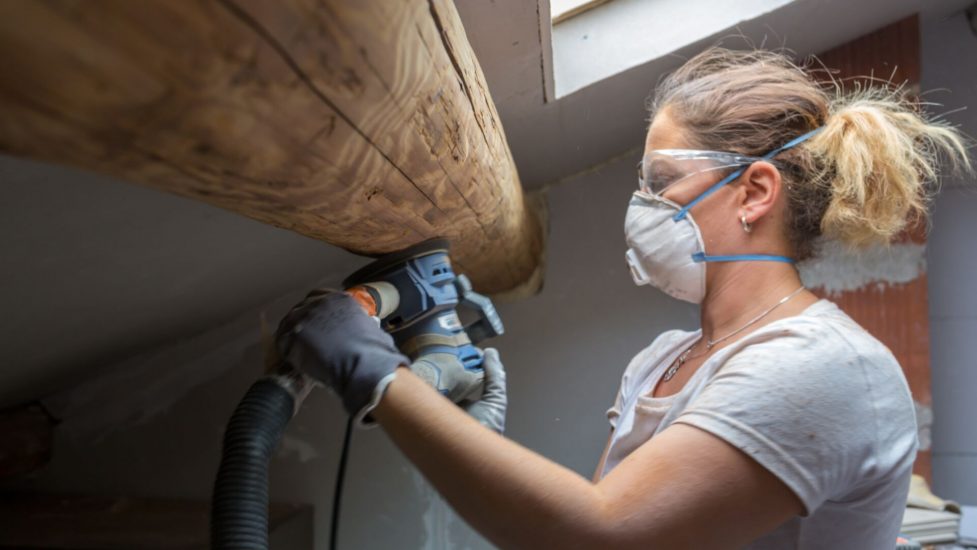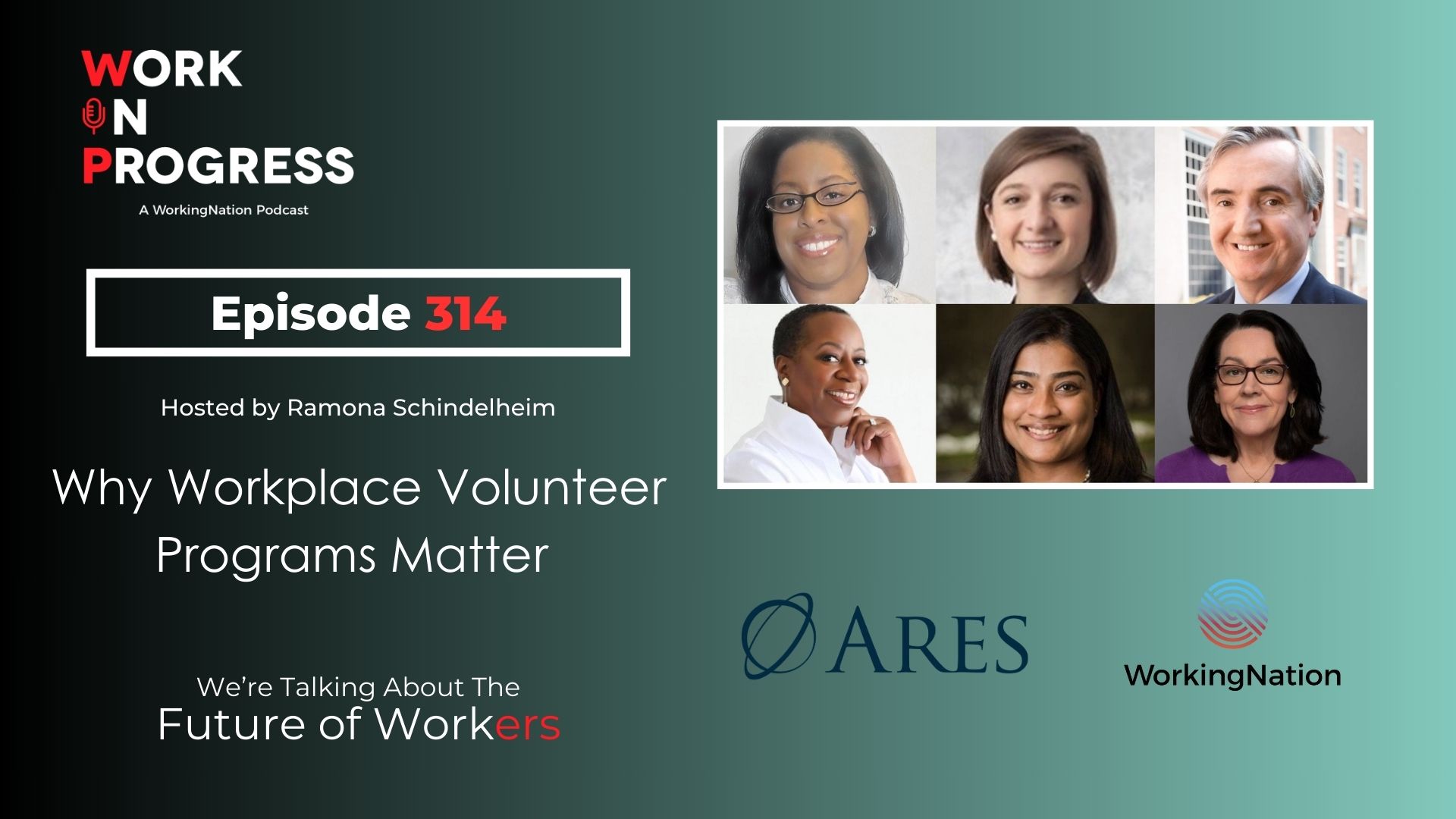During the financial crisis and Great Recession of the late 2000s, the Department of Labor estimates that the construction industry lost 2.3 million jobs. It has since regained nearly all of those skilled workers. But, the current need is still great and growing, and finding the workers of the future is a challenge.
The construction industry is short about 347,000 workers for residential and non-residential building. The Home Builders Institute has stopped just short of calling it a “crisis.” “It’s a strong word,” says Ed Brady, president and CEO of HBI, “but it’s certainly a factor in providing supply costs. It’s really a struggle for our builders throughout the country.”
“With the building boom over the last two-and-a-half years, the job openings rate in construction has been higher than the peak point right before the Great Recession,” says Robert Dietz, Ph.D., chief economist for the National Association of Home Builders (NAHB).
Both organizations see the largest deficit in occupations such as skilled carpenters, electricians, and masons. Training and apprenticeships for these specialties lead to a longer wait time until these professionals are available. The increase in apartment construction has stressed the labor pool further.
Dietz says in his travels on behalf of the NAHB, he has seen the largest labor shortages in Florida, the Carolinas, Georgia, and Texas. California, he says, has complicated issues with housing affordability. He also cites the greatest areas of construction growth in Idaho, Utah, and parts of Colorado.
“The population, particularly on the west coast — such as Seattle, Portland, and California — have people moving to places like Utah. It’s not the biggest market, but the growth rate is big and there’s not a lot of people there,” Dietz says.
Talent pool drain
One of many reasons the industry blames for the shortage is a limited existing pool of potential employees, led by an aging workforce.
“Since the year 2000, the group of those 55 and older has grown by 18 million individuals. Under 55, since the year 2000, that group has increased by less than one million,” Dietz says. “As Baby Boomers leave the industry, there’s no one brought up to make up the shortfall.”
“Bringing the Millennials and Generation Z into construction is a challenge. At the start of last year, we did research asking young adults 18-25-year-olds what career or sectors they want to work in. Construction didn’t rank at the bottom, but slightly below average,” he adds.
Another factor is the most recent recession, during which many skilled labor professionals found other careers and never returned to the industry.
“Some of our immigrants went back across the border — even those who are documented — because there was more opportunity south of the border than here and they didn’t come back. And now, the immigration laws have gotten more strict and consequential,” says Brady.
Also, during the Recession, budget cuts in schools choked off a pipeline of workers. “It’s a fact that schools got rid of their traditional shop class and career technical training classes. We lost years of opportunity for young people to get trained in the profession and therefore go into the profession,” Brady says. “Losing a generation of young people who would have gone into this skilled workforce — it’s getting worse and may still be getting worse before it gets better.”
Replenishing the pipeline
Getting curricula and funding back into high schools and vocational schools is a priority, Brady says. HBI’s programs are approved by the U.S. Department of Labor, updated and modernized on a regular basis to stay current with industry trends and best practices.
“School boards have to start looking more heavily into what do our students need. We went way far on the pendulum to awarding and promoting schools to get students into four-year colleges. Frankly, some [students] have been forced by peers, parents, or administrators to move into four-year schools when their choice might’ve been a profession right out of high school. College is not for everybody,” Brady says.
Technology is another promising but slow-moving solution, according to Dietz. Modular (also known as 3D) and panelized (also known as 2D) construction can help capture economies of scale, but currently, they make up less than four percent of a workforce gain. And because there also are shortages in the trucking and transportation industries, Dietz says there will be headwinds.
Possibly more promising is “capitalizing the work site,” as he calls it. That is, using more technology at home construction sites to decrease cycle times (how quickly a home can be constructed) with every step from the financing to the subcontracting (a typical home builder works with 20 different subcontractors, creating a game of timing and organization) to reduce the costs and length of time.
“Time is money. So, making sure there are no gaps in the process is a way to reduce costs, because the longer it takes, the more interest and expense on the loans paid for by the buyer. That coordination can be accomplished through information technology, making sure you know where all the components are,” Dietz says.
Tapping into different populations to gain their interest and train them is how the Home Depot Foundation is partnering with nonprofits like HBI to support the industry. Home Depot employs more than 35,000 veterans as associates. The Foundation was started in 2002 and has led initiatives to benefit housing for veterans since 2011. Last year, the Foundation committed $50 million to train military servicemen and women who are transitioning out of active duty using HBI curriculum.
“For most of them, it’s their first civilian job as an adult. We want to give them peace of mind as they’re exiting the military,” says Heather Prill, senior manager of national partnerships for the Home Depot Foundation.
The Foundation launched pilot programs in collaboration with HBI on bases in Ft. Stewart and Ft. Bragg. Currently, the programs are focusing on occupations such as general carpentry and electrician; HVAC will be added soon. Its goal is to train 20,000 people by 2028.
HBI has additional partnerships in 44 states through a U.S. Department of Labor grant for a resident job corps program. The program lasts eight-to-12 months. Participants can earn skills achievement records in trades such as carpentry, plumbing, electric, heating, painting, landscaping and solar on their quest to graduating with an industry-wide recognized certificate. And participants don’t have to stop there; they can continue their education with pre-apprenticeship programs.
“Many educators, legislators, and administrators are really looking at those industry certificates that add value to students, so they have something marketable, much like a transcript a college student would leave with,” Brady says.
The value of this kind of education and building awareness of the potential salary one can earn from the construction industry ($50,000 a year, according to Dietz) isn’t the only type of cultural change Brady and Dietz want to see. Within the construction industry workforce, women make up nine percent. That’s a number both want to see increase.
“It’s a challenge, like in traditionally male-dominated sectors like commercial fishing, military, and fire, some norms are being broken, and the industry could serve itself well by attracting women into our sector as well,” Dietz says.
“With lifts and other technology, women are certainly as capable as men in doing these jobs,” Brady says. “We are making a concerted effort to get women into the trades. Recruiting is important.”
Regardless of where the workforce comes from, Dietz wants to transform the laborers of today, and tomorrow, into entrepreneurs in the future.
“We want to convert people into what we hope will be tomorrow’s workers, and small business owners down the road,” Dietz says. “Someone who comes into the construction industry as a carpenter, within two years they’ll be skilled and trained and then over 10 years or more start saving money, making the right investments, they could have their own sub-contractor business. That’s the story we have to tell, not just here and now wages.”
Victoria Lim is a California-based, award-winning journalist.
You may also like…
Manufacturers promise to train nearly 1.2 million workers
Governors release job creation guide and infrastructure initiative
A once-thriving manufacturing town looks to the past to move forward











